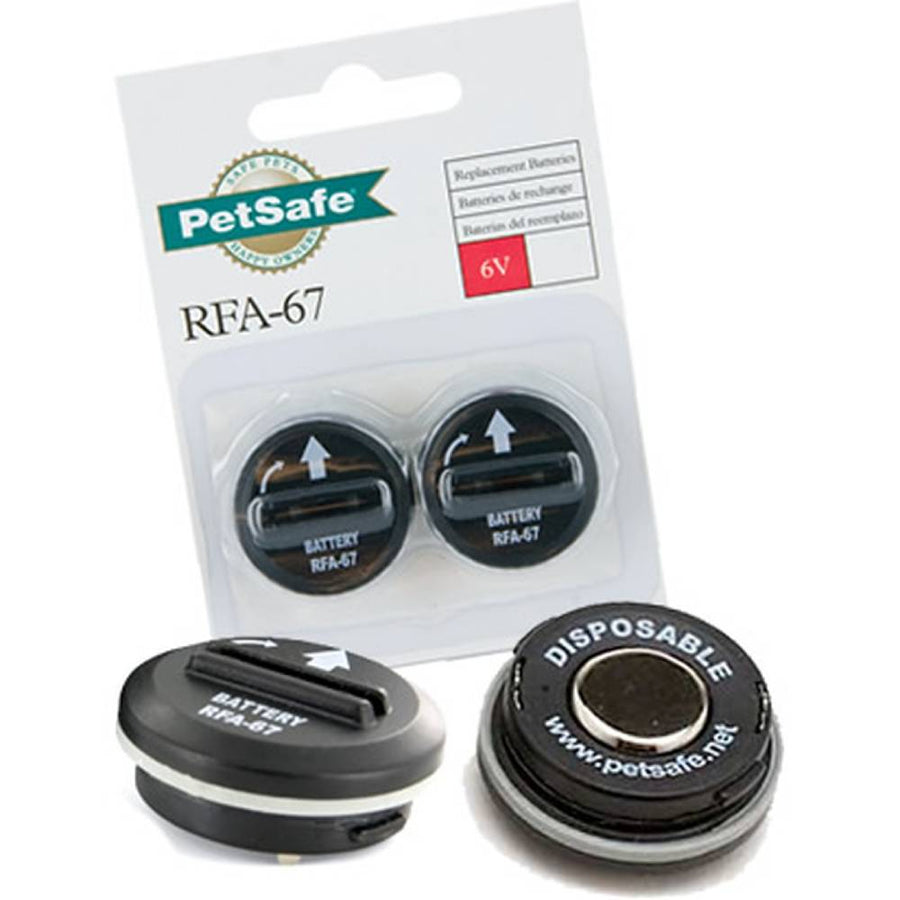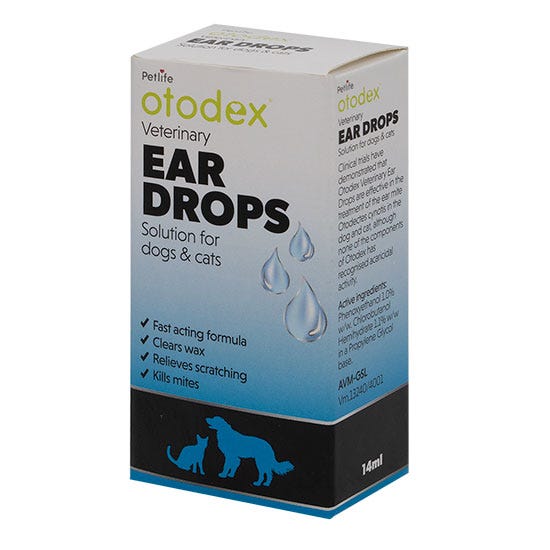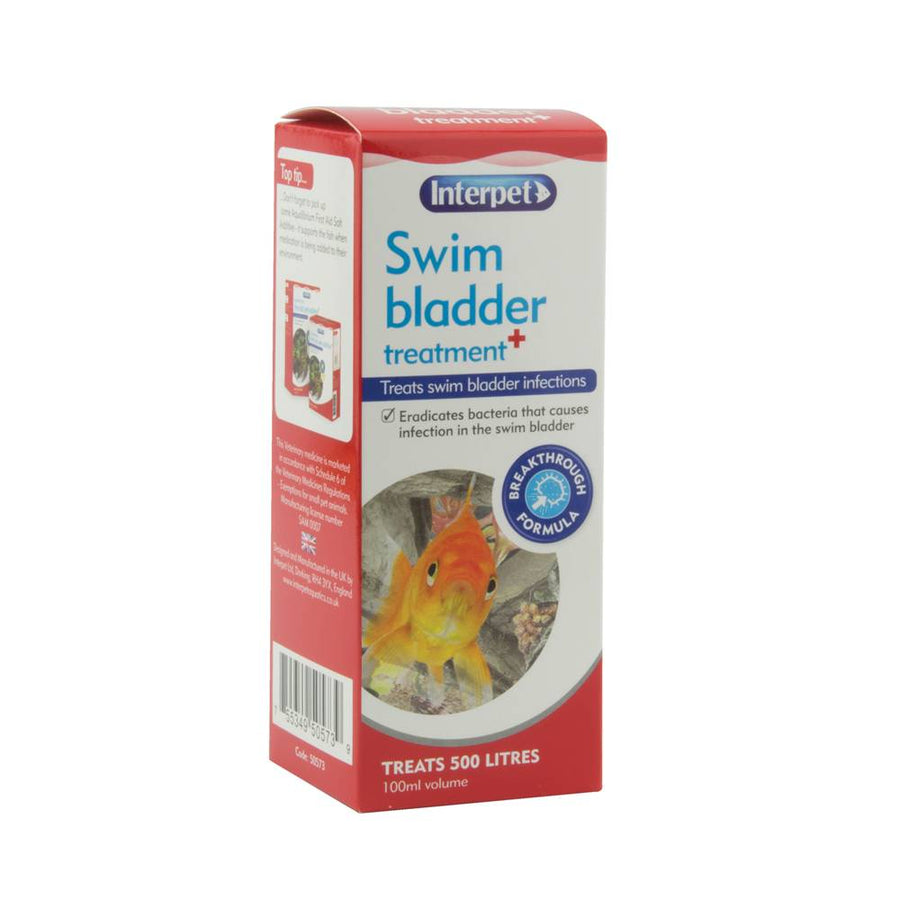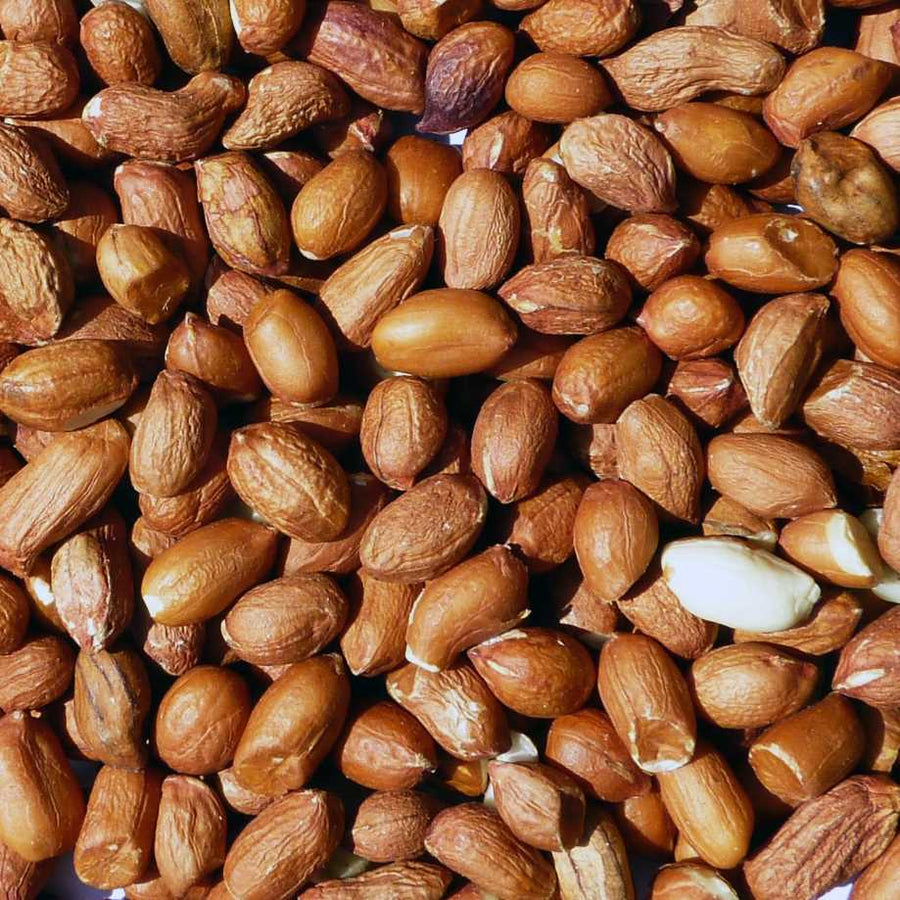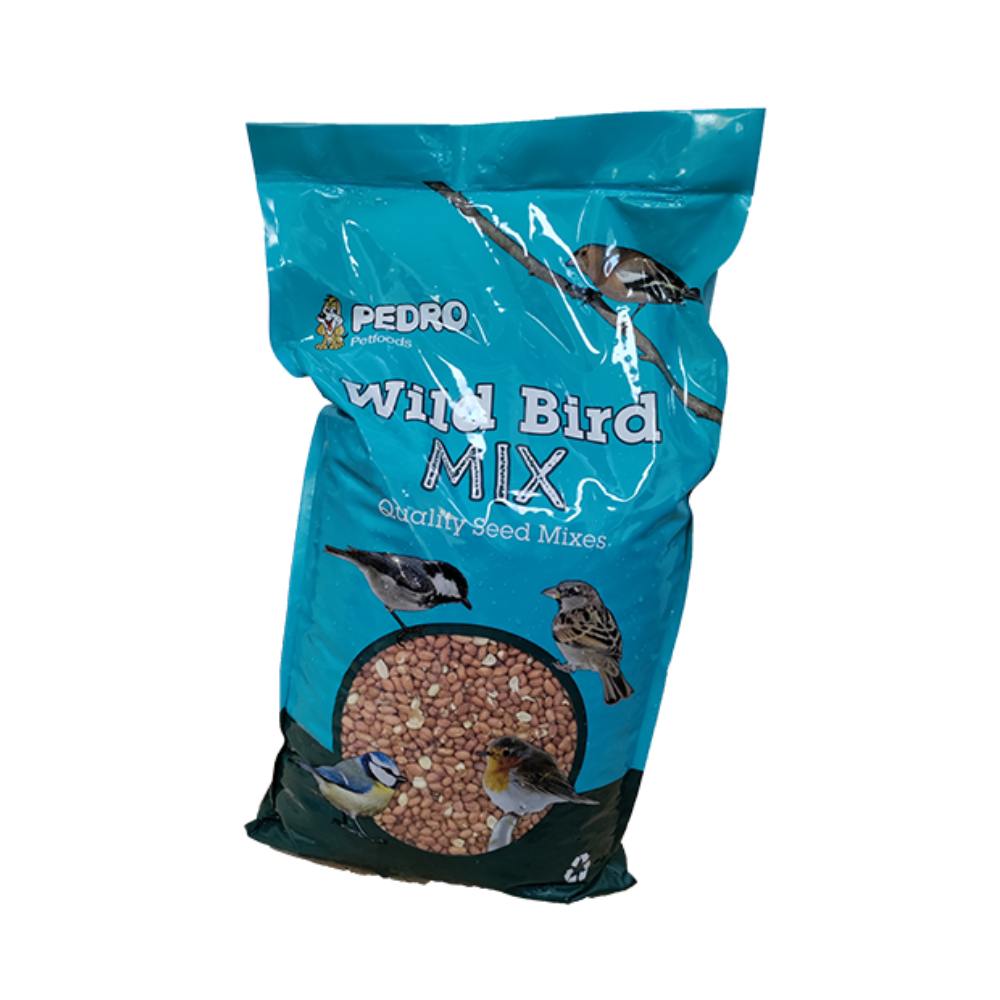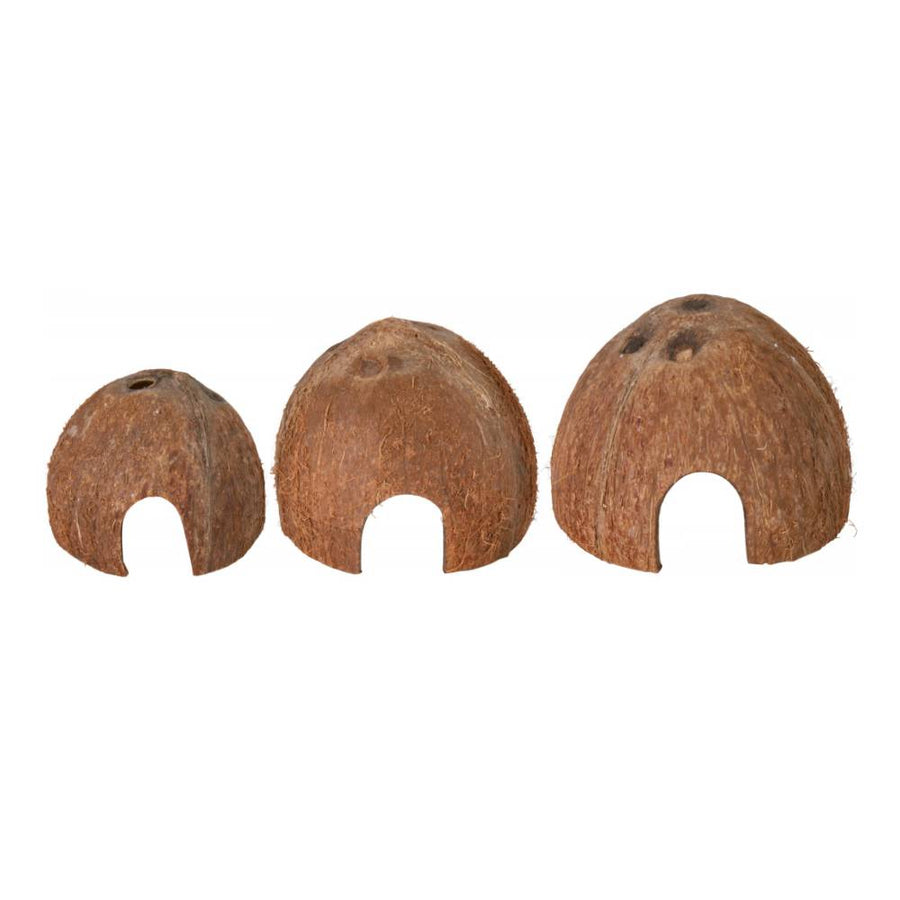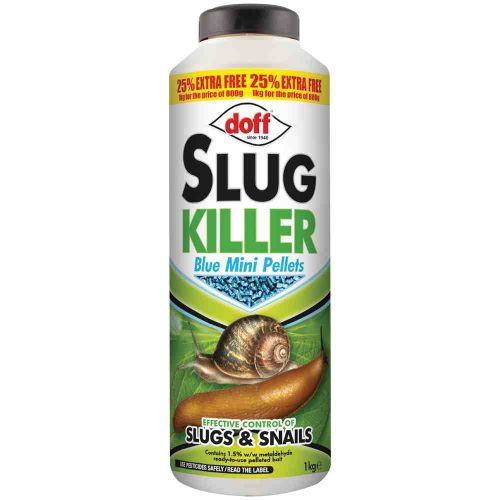Dogs Diet Advice
| Read the labels. Dry adult dog foods should offer 24 to 26 percent protein and 14 to 16 percent fat; puppy foods will be higher in protein and fat. Formulas for less active pets contain lower amounts of protein and fat and higher amounts of fibre. Check the list of ingredients. A good-quality meat product should be listed as the primary ingredient, because, after all, dogs are carnivores. If a dry food’s primary ingredients are carbohydrates (wheat, corn, or soybeans) and there’s no mention of meat in the first few ingredients, you should look at another food. |
Unless your dog is fully housebroken, avoid free access to foods during the day as he will want to eliminate after each meal. Free access to food should never be available to puppies. Overeating, even nutritionally balanced foods can lead to obesity, and possibly, bone problems.
Dog/Puppy Feeding Schedule
| Puppies aged 6 – 12 weeks | 4 x per day |
| Puppies aged 12 – 24 weeks | 3 x per day |
| Puppies aged 6 months – 1 yr | 2 x per day |
| Adult Dogs 1 yr – 5 yrs | 2 x per day |
| Senior Dogs 6+ yrs | 2 or 3 x per day |
Freshwater should be made available at all times.
A high quality dry and canned food specifically formulated for his age. This is very important because dogs require different levels of nutrients at different stages in life. Puppies require more calories and higher levels of nutrients like calcium, phosphorus, and protein than adult dogs for growth. Look for packages labelled “puppy” or “growth” formulas.
With the exception of Expecting Mothers, Adults require lower levels of nutrients than puppies do. Puppy foods are rich for adults and can cause health problems later in life. For them, look for products labelled “Adult” or “Maintenance” formulas. Pregnant dogs should be fed the “growth” formulas.
While older dogs require the same nutrients as young adults, they need fewer calories. Many seniors have difficulty digesting regular dog foods. At around 7 years old (5 for large breeds) a dog’s kidneys begin losing the ability to handle waste minerals excreted through the urine. Most commercial bands offer “senior” diets to accommodate our friend’s special needs.
Be wary of packages labelled “for any age”. This is impossible.
Dry food often contains the most nutrients and is the best for your dog’s teeth. If your dog prefers canned or semi-moist foods, mix some dry ration in – or add some doggie gravy to it.
We use Nutro Natural Senior Formula Cans, with Nutro Dry mixed in and a sprinkle of cheese or a semi-moist “burger” style food to entice her appetite. If you use an all-natural food like this, be sure that it is no older than six months as the lack of preservatives will facilitate the loss of potency overtime during the shelf life.


